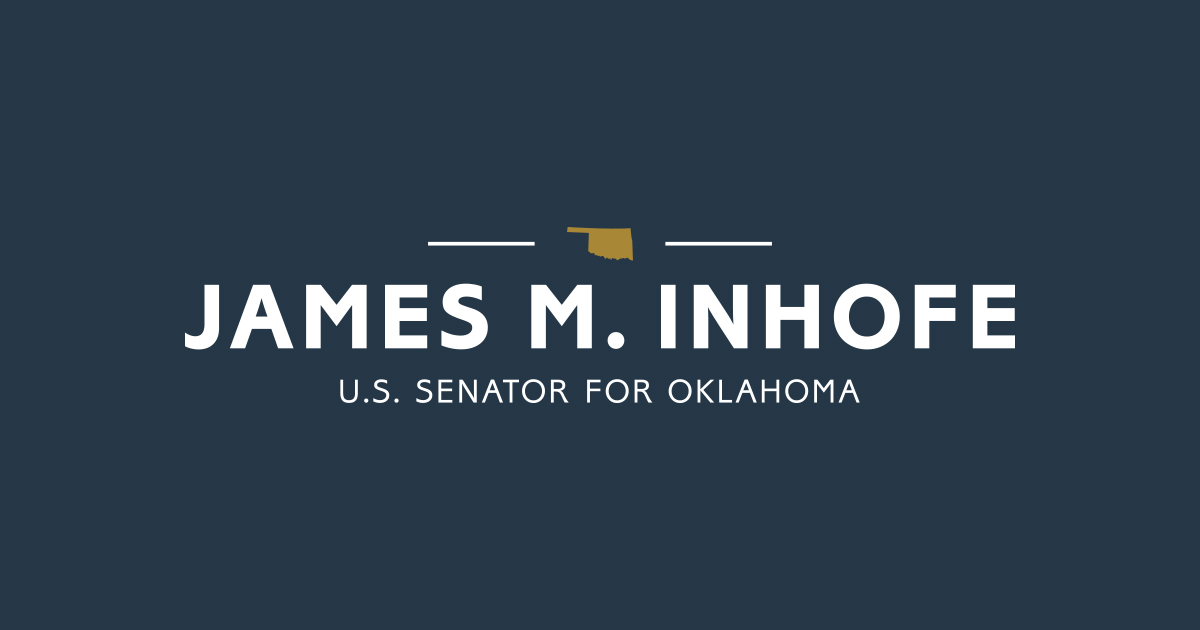Source: United States Senator for Oklahoma James Inhofe
U.S. Sen. Jim Inhofe (R-Okla.), ranking member of the Senate Armed Services Committee (SASC), today gave opening remarks on the weaknesses in President Biden’s fiscal year 2023 budget request for the U.S. Air Force and Space Force, commenting on the military’s lack of preparedness in the face of growing threats from inflation and China.
Inhofe: Thank you Mr. Chairman. We join you in welcoming our three witnesses today.
I’ll get right to it. I’ve reviewed the new 2022 National Defense Strategy, and I’ve examined the budget, and I’ve attended multiple threat briefings. Secretary Kendall, I was sorry to miss one of yours, but I’ve made all the rest of them. That didn’t paint a very optimistic picture of what we’re faced with, so I don’t understand how this Air Force budget even begins to resource the strategy.
First, inflation is the new sequestration. It’s destroying your buying power and the salaries of your service members. It’s definitely true in 2022 and probably true in 2023. Second, there’s simply not enough in this budget to reverse the trends we hear about in classified sessions. That’s particularly true over the next five to seven years. This budget divests 1,500 aircraft and buys 500. You know, the math doesn’t work out. Let’s take one example: the budget retires almost 31 — well, there are thirty one total of the AWACs of which — 31 are in Oklahoma, and I think some are forward deployed, maybe five or six. And that’s one example of where we’re at right now. And the replacement won’t come online until 2027. I’ve always been in favor of divesting aircraft when it makes sense and we can mitigate the risk, but we’re not mitigating the risk unless we move much, much faster than we are moving today. I appreciate your decision to pursue a sole source of the E-7 Wedgetail. I look forward to working with you to use existing authorities to get the critical capabilities as soon as possible.
Another, this budget only buys 33 F-35As, the lowest since sequestration. These Block 4 aircraft will be the cornerstone of our fleet. New allies and partners are joining in the program and our commanders and pilots tell us that they love the aircraft and they love to fly it. We are still buying multiple air munitions at very low rates. We’re buying tankers at very low rates despite concerns about contested logistics. I could go on and on, but you get the idea.
Just to be clear: I’m not blaming you. The three witnesses today, they’re not to be blamed on this. I don’t want that to be misunderstood. This is what’s happening: when you get an arbitrary topline, when the budget just doesn’t match the strategy, it’s not strategy-based budgeting.
There are bright spots in the Air Force budget. Nuclear modernization is proceeding well. The B-1, the next generation in air dominance, are seeing significant success stories. But most of the bright spots share one thing in common: that is they’re 10 years away. I’m proud of what the Space Force has been able to achieve with the real budget growth since its stand-up. We find they’re moving in a fleet with the threat in space.
Now, here’s something that was significant because — a week ago today, we had a hearing here in this chamber, and we had David Berteau. I’m gonna use this quote as often as I can to remind people we can sit around and talk about what I just did in this opening statement, but when it gets down to it though, we should be talking about what China is doing and his quote, David Berteau, a week ago today said, “It takes us today three years to do what China can do in three days in terms of deciding, resourcing, and getting started on something that needs to be done, particularly bringing new technology into play.” And that’s a significant thing here. No matter how far behind we are, we are getting further behind and I think we discussed why this is happening and this is the thing we need to be addressing.
Thank you, Mr. Chairman.
